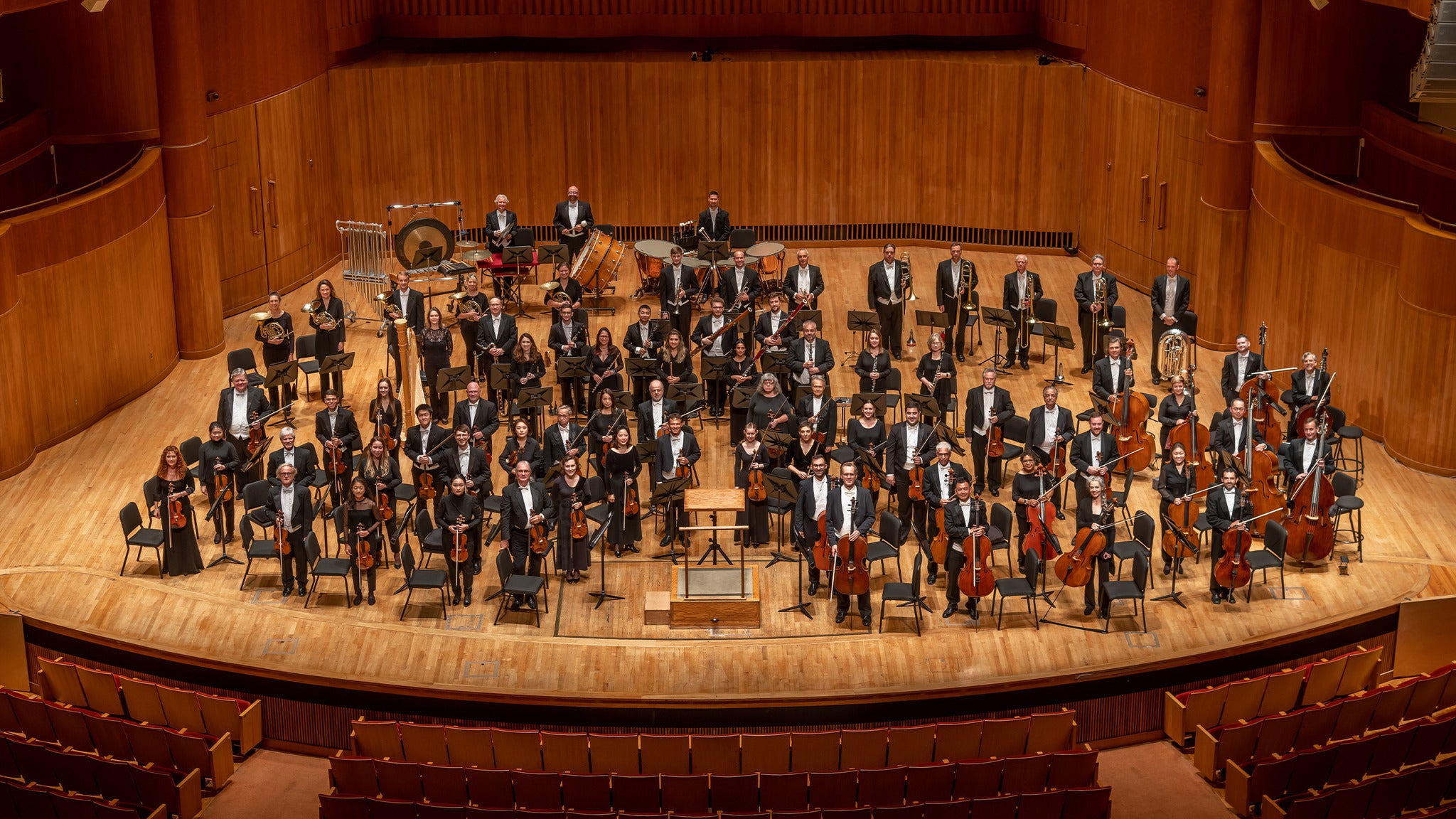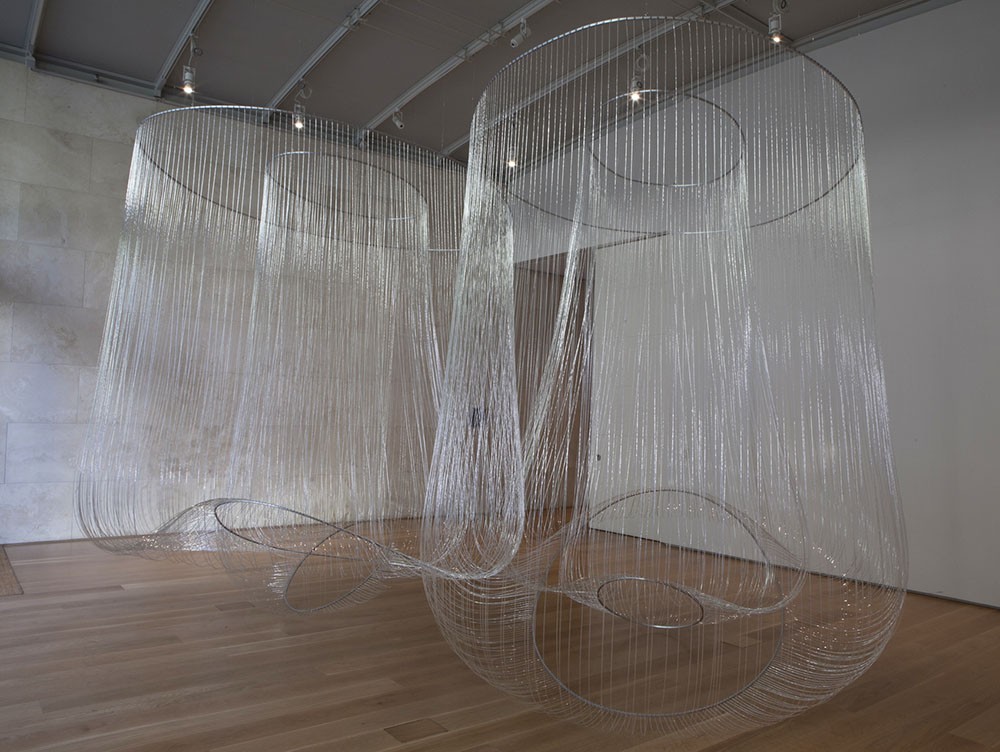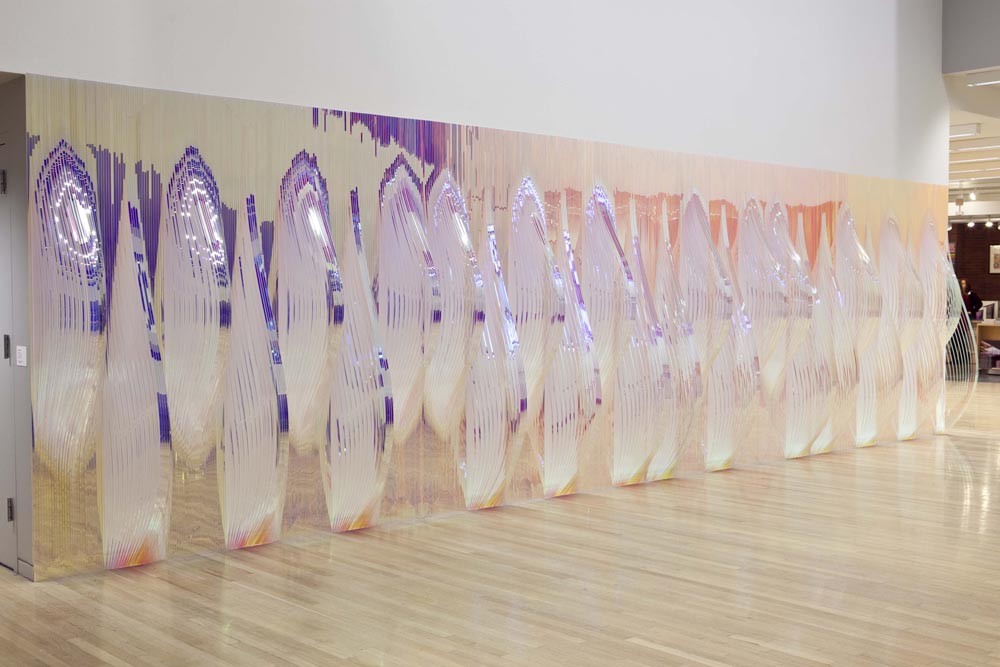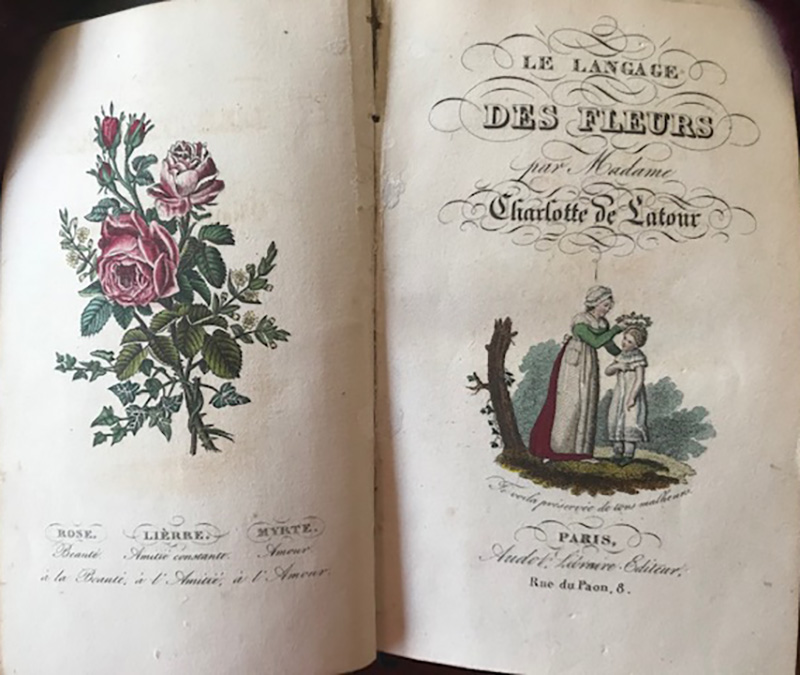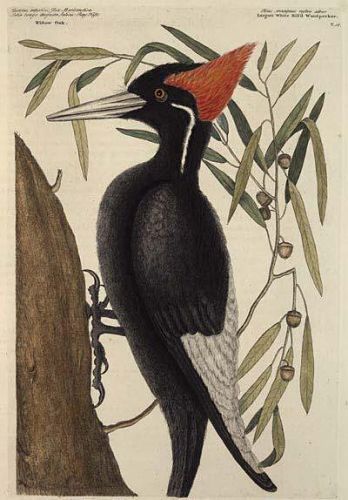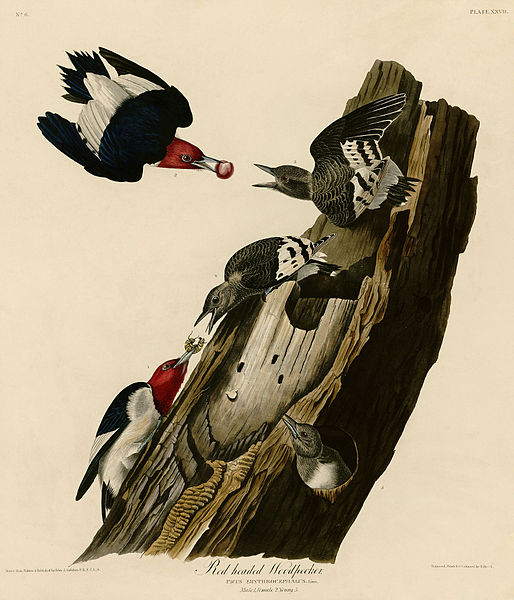As part of its Music for Maryland summer tour, the Baltimore Symphony Orchestra returned Saturday night to the Todd Performing Arts Center at Chesapeake College for the first time since 2016 – an absence due in part to the COVID pandemic that shut down the concert hall.
An appreciative audience of more than 400 welcomed the orchestra led by guest conductor Daniel Bartholomew-Poyser, who, after taking a bow, turned on the podium to direct the musicians in Dvorak’s rousing Slavonic Dance, Opus 72, No. 7 in C major. This spirited seventh tune in his series, inspired by a Serbian folk tale, was an instant hit when it was arranged for full orchestra in 1887. It was easy to imagine why with the joyfully rhythmic performance by the BSO, dressed in summer white jackets and blouses.
Turning to introduce the next in the series of short dance numbers, the gregarious conductor, a native of Canada, told the story of Florence Price, the first African-American woman composer to have her music performed by a major U.S. orchestra. Her prodigious works were thought to be lost until discovered in a home near Chicago long after Price’s death in 1953. Her posthumous renaissance was celebrated Saturday night with “Juba Dance,” the third movement of Price’s ground-breaking Symphony No. 1, which made its debut with the Chicago Symphony Orchestra in 1933. The jazzy Juba movement takes its name from foot-stomping, hand-clapping dances performed by Southern plantation slaves. The BSO string section set a vibrant pace with bass and drum beats marking time in percussive syncopation.
Two distinctly different waltzes followed, starting with Tchaikovsky’s traditional one from the opera “Eugene Onegin.” Fittingly romantic with the undercurrent of love’s unrequited intrigue, the heartbreaking string-led melody closes with a torrid finish. The thoroughly modern waltz movement of “Four Dances” by Towson University music professor and composer Jonathan Leshner “sounds very expensive in its elegance,” Bartholomew-Poyser noted of the jazz undertones that switch to robust outbursts before settling on a stylish minuet in conclusion. Bartok’s even more variant Romanian Folk Dances followed with seven rapid-fire mini-movements – from tenderly emotive to urgently impatient to an even faster pace as if played by Transylvania fiddlers in a race to finish.
The aptly named “Polyphonic Lively” borrows its title from a painting by Paul Klee. Written in 2016 by Canadian composer Dinuk Wijeratne, who says that his piece – indeed lively – “conjures up high-vibration, high-intensity chatter,” expressed in sharp turns in orchestral “voices” that stretch a melodic throughline with instrumental touches and flourishes in disparate brief solos.
Far more familiar to most of us is Piazzolla’s 1965 “Summer” entry in “The Four Seasons of Buenos Aires,” his answer to Vivaldi’s Northern Hemisphere “Four Seasons,” changing the order from that of the 18th-century Venetian-Viennese composer. Each Piazzolla “season” is written as quite different compositions rather than an all-encompassing suite. Chelsea Kim, BSO’s first violin, performed the extensive solo portion of this longest piece in the concert. The light accompaniment by the full orchestra grows more heated as if responding to the rising temperature of January in Buenos Aires. Kim’s expressive interpretation of the season’s variable moods – from restfully languid to breakouts of thunderous claps – on this evening echoed the thunderstorm that had just pierced the clammy humidity of the day.
The unpronounceable “Im Krapfenwald’l,” which translates roughly as the “Cuckoo Polka,” by Johann Strauss Jr., offered musical comic relief as birdsong chirps of the string section suggested a Viennese Woods setting. What begins as a standard polka concludes with
a bombastic surprise that scares the cuckoos from their perches.
Bartholomew-Poyser described the concert finale, the fourth and last movement of Beethoven’s Symphony No. 7, as “something like a perpetual motion machine.” In keeping with the dance idioms of the concert format, Beethoven’s thrilling finish to his masterpiece offers a whirl of dance-like energy, as reflected in a young boy in the front row who mimicked the conductor’s high-energy exhortations to his team of musicians. Besides the splendid and inspired performance that earned its standing ovation, the miracle of it all is that Beethoven’s 7th premiered in December 1813 when he was all but deaf.
An encore medley that included a Sousa march closed out the evening of highly varied and highly skilled performances of new and/or unfamiliar works, along with beloved classics. After two more concerts on this Music for Maryland tour, the BSO prepares for its 2023-24 season with its new music director, Jonathon Heyward.
Steve Parks is a retired New York arts critic now living in Easton.
MUSIC FOR MARYLAND BSO TOUR
Saturday night at Todd Performing Arts Performing Arts Center, Chesapeake College, Wye Mills. Remaining concerts on tour are at 3 p.m. Aug. 5, Dodge Performing Arts Center, St. Mary’s College of Maryland, St. Mary’s City, and 4 p.m. Aug. 6, Garrett College Performing Arts Center, McHenry; bsomusic.org/calendar
